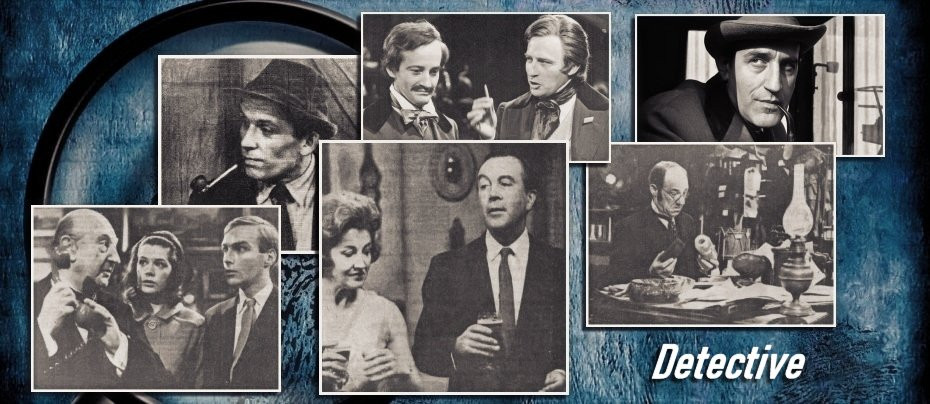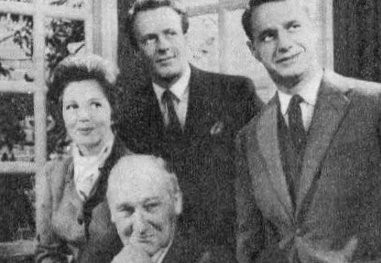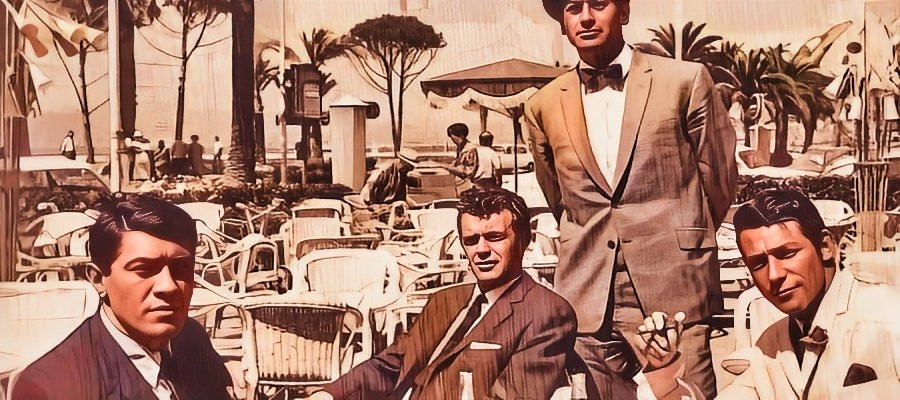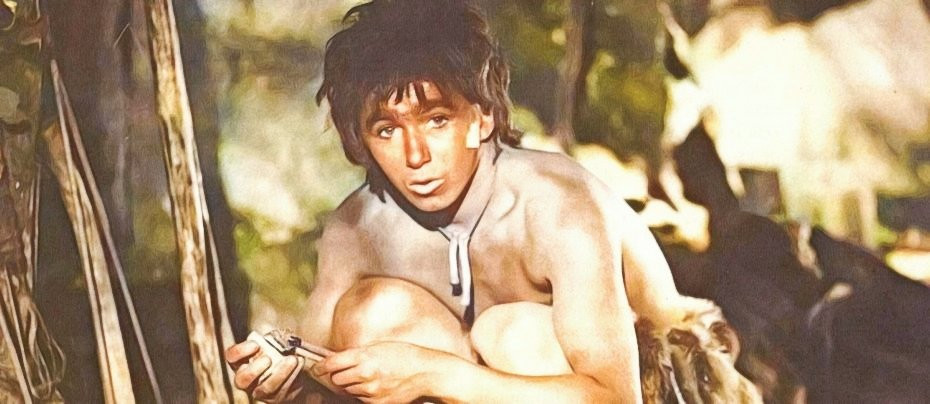
Stig of the Dump
1981 - United KingdomChildren's literature holds a special place in the literary world, offering young minds a gateway into the realm of imagination and exploration. One such book that has captured the hearts of generations is Stig of the Dump. Penned by the renowned author Clive King, this enchanting tale, inspired by his childhood, has stood the test of time and continues to captivate readers of all ages.
"I grew up near the original dump and played in it with my brother," King told Look-In magazine in 1981. "So I'm the one who had the adventures with the Snargets (characters who appear in the story), though they were in fact called something else. And then, while I was working abroad years later, my son Charles used to spend holidays at his granny's house and he went to the dump. The dump does still exist and in fact it's now somewhere people who've read the book come to see - sometimes to the annoyance of my now very old mother and father who still live near it."
Published in 1963, Stig of the Dump follows the adventures of young Barney and his mysterious (possibly imaginary) friend Stig. Set in the English countryside, the story delves into themes of imagination, friendship, and the timeless joy of childhood discovery. As readers delve into the pages of this book, they are transported to a world where the lines between reality and imagination blur, leaving room for boundless possibilities.
Barney is a young boy who finds himself in the company of his grandparents on the chalk Downs of Kent. In an unexpected turn of events, Barney stumbles into an old chalk pit near his grandparents' residence and lands in a den. Inside, he comes face to face with Stig, a caveman with untamed black hair and gleaming black eyes. The den itself is full of people's discarded rubbish.
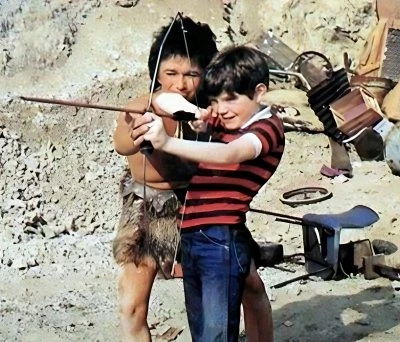
As Barney and Stig spend time together, they develop a unique form of communication that transcends language barriers, as Stig does not speak English. Motivated by their newfound friendship, Barney takes it upon himself to help improve the appearance of Stig's den by repairing and enhancing its features. They also spend time gathering firewood, going on hunting expeditions, and even managing to catch burglars who are attempting to break into Barney's grandparents' house. Additionally, when Barney finds himself confronted by the Snarget brothers who often bully him, their behaviour changes in the presence of Stig and they are amazed by Barney's bond with his caveman friend. Interestingly enough, despite sharing stories about Stig with others, nobody (apart from the Snargets) believes that Stig actually exists.
On a sweltering summer night, when Barney and his sister Lou (Janine Tidman) struggle to sleep, they decide to visit Stig. They soon find themselves lost in a strange yet somewhat familiar landscape. It appears they have been transported back in time and onto the ancient Downs. To their astonishment, they stumble upon Stig amidst his tribe, who are meticulously erecting four massive standing stones. They spend a night camping with Stig's people, assisting in the meticulous placement of the final stone before sunrise. As dawn breaks, the tribe vanishes and the stones take on an ancient and weathered appearance—yet Stig remains, transported forward in time by the stones that led him to the modern day.

Barney and Lou keep their extraordinary adventures secret, never divulging the truth about Stig to anyone—even though they jokingly refer to him as a magical being capable of fixing peculiar tasks. It remains uncertain whether Barney encounters Stig again or if he continues residing within the ever-expanding rubbish dump. Sightings of a figure resembling Stig emerge, engaged in various junk-related endeavours throughout the area; however, as the book concludes: "perhaps it was only a relative of his," suggesting that Stig may not be the sole surviving caveman in our modern world.
Such was the success of Stig of the Dump that it was broadcast in an adaptation on the BBC Home Service for schools in 1964, and later - on the children's magazine programme Blue Peter. The book, originally illustrated by Edward Ardizzone, has also been adapted for the theatre, to critical acclaim. Reviewing the book in the Tatler in 1963, its critic enthused, "Stig of the Dump is an enchanting story about an eight-year-old who finds a small speechless caveman in a disused chalk pit. The story manages to remain very real as well as being fantastic and exciting, and I liked most the riveting moment when the cave-person efficiently skins a car the way you would skin a rabbit.”

With its emphasis on imagination and friendship, Stig of the Dump has become a cherished classic, beloved by readers of all generations, encouraging young minds to celebrate their own creativity and empowering them to forge lasting connections with those around them. Although set in the English countryside, the themes explored are universal, speaking to children across the globe. The timeless nature of the story allows readers to relate to Barney and Stig's adventures, no matter their cultural or geographical background and ensures that it will continue to captivate and enchant generations to come. It has been part of the national curriculum in the UK for years and is now taught at the primary (KS2) level.
It's surprising then, that it took almost 20 years from its publication for Stig of the Dump to be made for television. Adapted for the small screen by the playwright and novelist Maggie Wadey and produced by Thames Television, all ten episodes were shown in a five-week period, twice a week (Monday and Wednesday) at 4.55 pm, in the children’s television slot on ITV. The main difference between the novel and Wadey’s screen adaptation is the questionable existence of Stig. Where the novel leads us heavily to believe that Stig is the figment of Barney’s imagination-the imaginary friend that is in all of us, the series makes it abundantly clear that Stig is real. Of the adaptation Clive King said, "Whether it's exactly the way I originally thought of it or not, I think it's extremely close."
And the name Stig? King explained: "I thought I'd made up the name 'Stig' but discovered afterwards it's a genuine name in Scandinavia."

Barney was played by nine-year-old Grant Ashley Warnock who also starred in the series Blood Money, produced the same year. In that series, he played the child of a diplomat who was kidnapped by terrorists. Stig was played by Keith Jayne who had appeared in The Onedin Line and another children’s series, Scarf Jack. He later made an appearance in the Doctor Who adventure The Awakening. Interviewed in 1981 he said of his character Stig, "It's unlike anything I've ever done before. It's interesting because I don't use many words, which means I have to convey what I mean by facial expressions more than anything and if I'm not careful I tend to overdo that by pulling too many faces. It's much harder than I thought it would be to get that just right and not look silly."
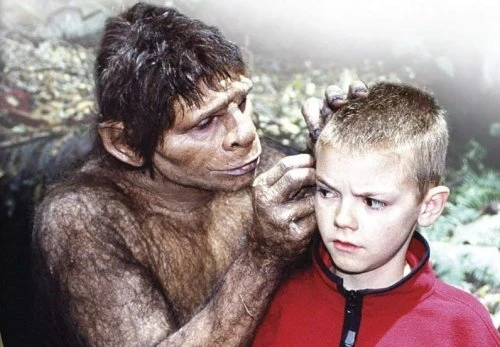
It was then another twenty years before a second screen adaptation was made. In 2002, the BBC produced a six-part series with Thomas Brodie-Sangster as Barney and Robert Tannion as Stig. On this occasion, the actor appeared under heavy prosthetics to make Stig look more like a caveman. The 2002 version also featured Phyllida Law (Kingdom), Geoffrey Palmer (Butterflies) and Thelma Barlow (Coronation Street / dinnerladies). And although this version won a Bafta, it’s the 1981 series that this reviewer prefers.
Stig of the Dump has not only captivated readers for over half a century but has also had a profound influence on children's literature. Its themes of imagination, friendship, acceptance, and, in an age when most people were not so aware of ecological challenges, was ahead of its time as an essential message of environmental awareness. Subsequently, it has provided a template for subsequent works in the genre, paving the way for modern classics.
Seen this show? How do you rate it?
Seen this show? How do you rate it?
Published on November 24th, 2023. Written by Malcolm Alexander for Television Heaven.


